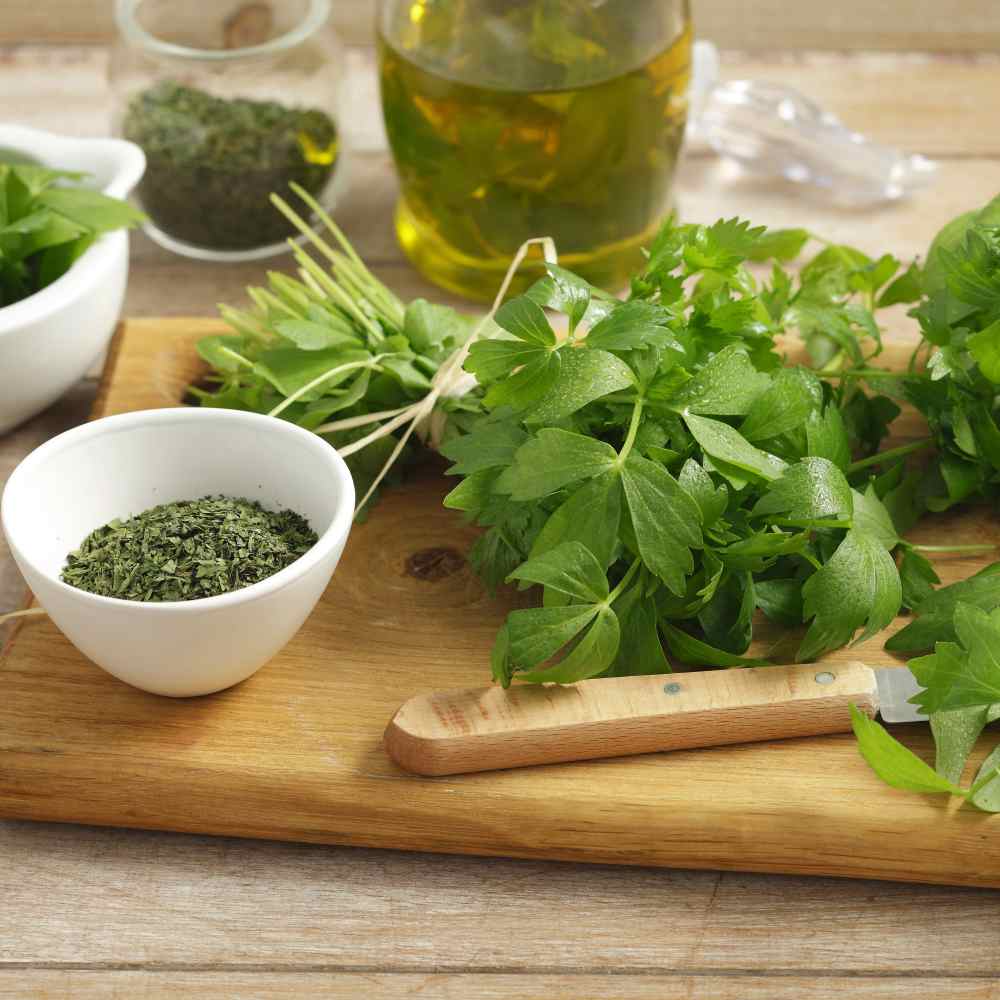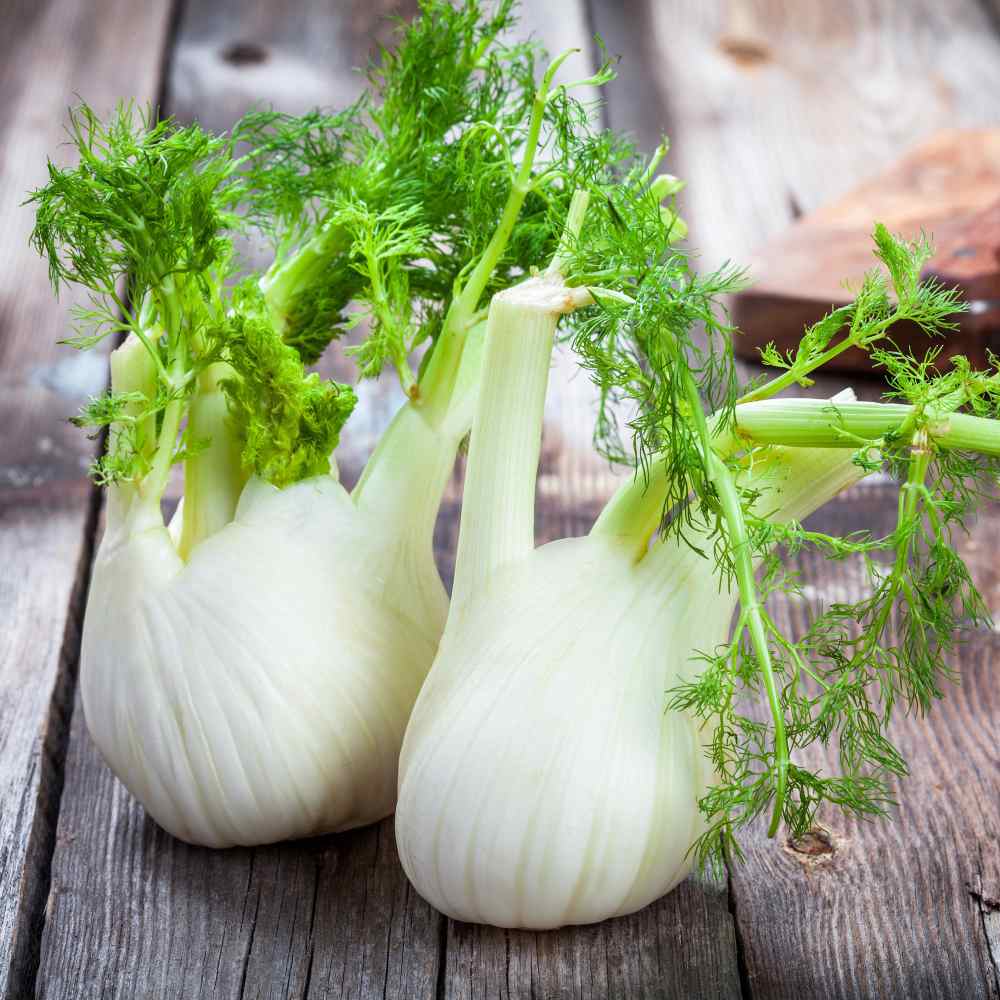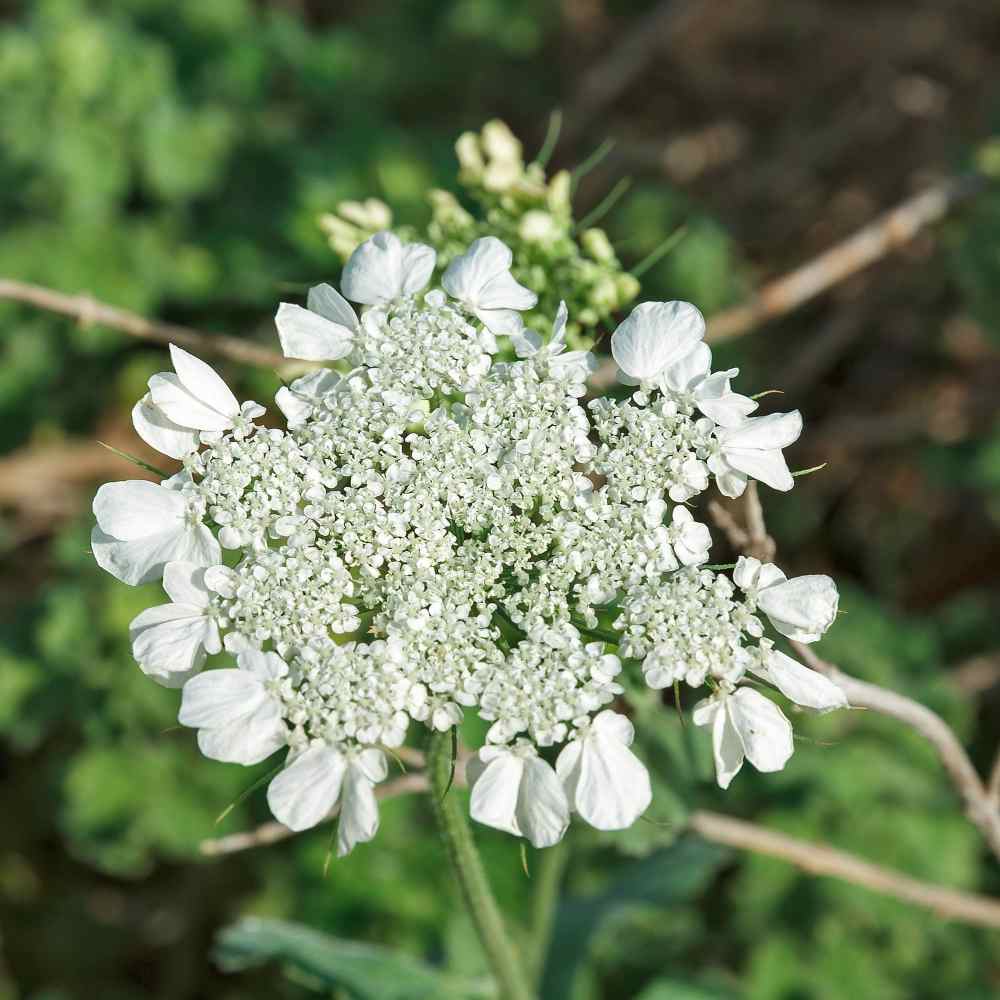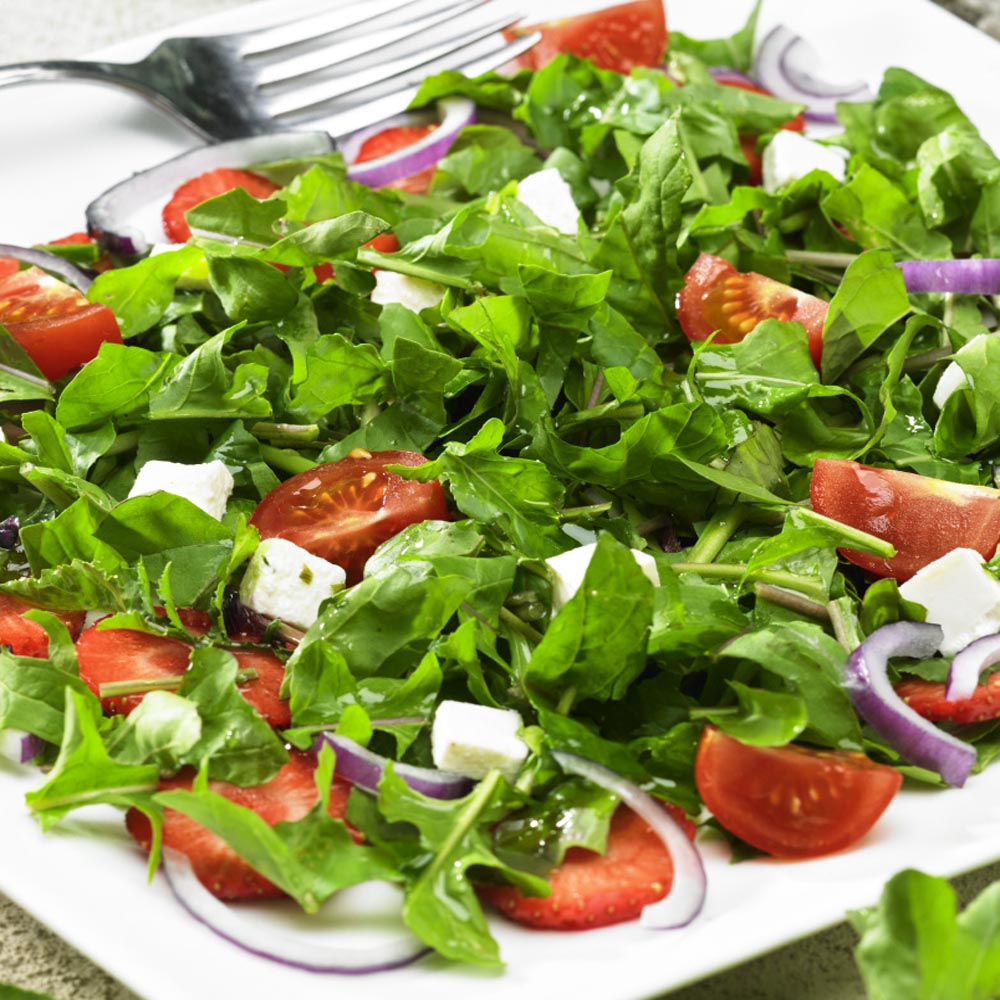
Lovage Planting Guide
Quick Facts About Lovage
The kitchen herb garden would not be complete without drought tolerant Lovage, the hardy long-lived perennial. Lovage seeds grow quickly and the herb plant can reach over 72 inches in height. It prefers full sun to partial shade, and it develops a long taproot, so cultivate the bed deeply before adding the Lovage plant. This herb is also commonly referred to as Garden Lovage. The long taproot makes it perfect for water conservation and the xeriscape herb garden.
Planting Time
If your growing season is long, start seeds directly outdoors after the danger of frost. It is best to sow lovage seeds directly in the garden or from April or May (after danger of frost)– alternatively in August. For cooler climates with shorter growing season, start indoors 6 weeks before the end of frost season and then transplanted outdoors or in a big pot once weather permits.

Planting Location
The ideal location is a sunny to partial shady one. Try to avoid a hot location in the garden, or on the terrace or balcony, as lovage grows best in a cool environment. Keep in mind that it takes several years for the plant to reach its full height. Lovage can significantly inhibit the growth of other plants, so it is important to maintain a minimum of 24 to 36 inches between lovage and other plants in your garden.
How to Plant Lovage
- Sow seeds indoors in trays 4 - 5 seeds per pot, or plant if planting directly in garden bed.
- Cover seeds 1/4 inch with loose soil.
- Keep soil moist until germination.
- Place your seed tray in a sunny location and maintain a temperature of at least 65 degrees Fahrenheit.
- As seedlings appear, ensure they receive ample light by placing them on a sunny windowsill or under fluorescent plant lights, positioned 3-4 inches above, for 16 hours a day followed by 8 hours of darkness at night. Adjust the lights higher as the plants grow. Avoid using incandescent bulbs as they generate excessive heat. Remember, most plants need a period of darkness to grow, so it's important not to leave the lights for the full 24 hours in a day.
- Before planting outdoors in your garden or containers, seedling plants need to be “hardened off”. Accustom young plants to outdoor conditions by moving them to a sheltered place outside for a week. Be sure to protect them from wind and hot sun at first. If frost threatens at night, cover or bring containers indoors, then take them out again in the morning. This hardening off process toughens the plant’s cell structure and reduces transplant shock and scalding.
- Transplant 24 - 36 inches apart in your garden.

Care And Maintenance
- Maintaining control over weeds is crucial throughout the growing season. Weeds compete with your plants for water, space, and nutrients. Manage them with frequent cultivation or by applying mulch to inhibit the germination of their seeds.
- Young lovage plants growing in pots need protecting during the wintertime. It is sufficient to place the pot in a wind-protected area on an insulating wooden or polystyrene board.
- Always wear gloves when working with lovage because its sap can cause phototoxic skin irritation when combined with sunlight.
- Lovage is a highly competitive herb that inhibits the growth of other plants by consuming a lot of nutrients. This means there are no good neighbours for lovage. As a result, always leave enough space between other plants in the bed, or plant lovage in a pot. Planting lovage in an herb bed is often not a good idea, as it grows large quickly and easily covers smaller, slower-growing herbs. Berry bushes are not good neighbours either, as they can take on lovage’s strong aroma.
- Transplant lovage in autumn or spring. Transplanting is an opportunity to propagate it by division.
- If you need to transplant be sure to fertilize right after transplanting.
- When planting lovage in pots or balcony boxes, fill the pots with a nutrient-rich soil. Water it to ensure that it grows quickly.




































